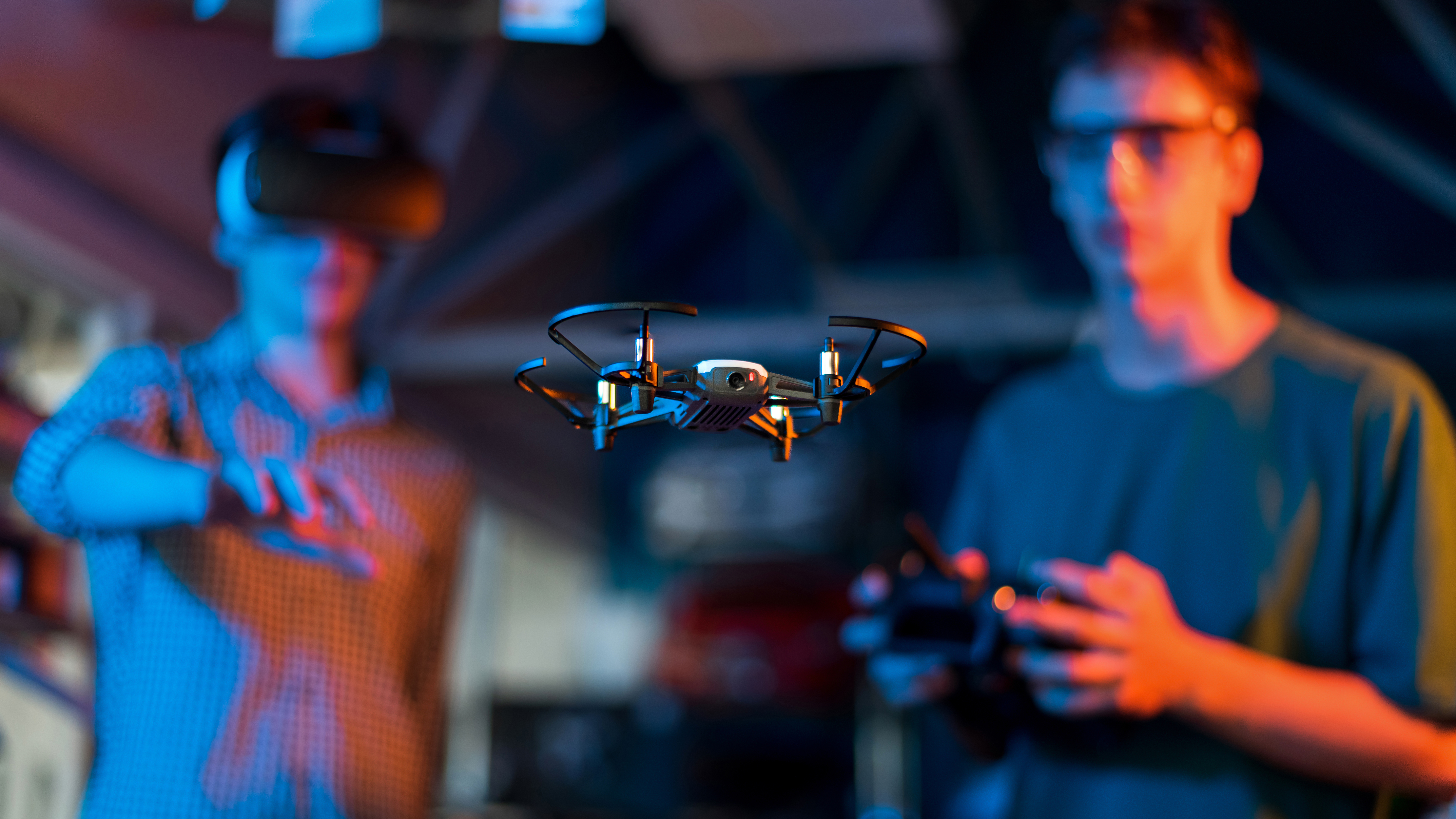Why Every School Should Teach Robotics in 2025
In today’s rapidly advancing world, where technology is at the core of every industry, the need to equip students with future-ready skills is more pressing than ever. As we step into 2025, one of the most crucial changes our education system needs is the integration of robotics and practical STEM (Science, Technology, Engineering, Mathematics) education into every school curriculum—especially in India. The Gap in Indian Education: Too Much Theory, Too Little Practice India’s education system has traditionally been centered around theoretical knowledge, particularly in the fields of electronics, science, and technology. While students often excel in exams, they lack the hands-on experience needed to innovate or build real-world solutions. When it comes to subjects like electronics and robotics, this gap becomes even more significant. On the other hand, countries like China, the USA, Germany, and South Korea have long recognized the value of practical STEM education. In these countries, students are exposed to robotics, coding, hardware tinkering, and drone technologies from a very young age. This early exposure nurtures creativity, problem-solving, and critical thinking—skills that are essential for the 21st century. Robotics: The Foundation of Industry 4.0 The world is entering the Fourth Industrial Revolution (Industry 4.0), driven by AI, automation, IoT, and robotics. For India to become a leader in this global shift, we must prepare our youth to not just consume but create technology. And it starts from the classroom. Introducing robotics in schools is more than just assembling mechanical kits. It combines multiple disciplines—electronics, mechanics, coding, and logic—into one engaging platform. It fosters innovation, teamwork, and a mindset of building rather than memorizing. Aligning with Make in India The Make in India initiative envisions India as a global manufacturing hub. But how can we achieve this without a skilled and tech-savvy workforce? Teaching robotics and embedded systems in schools will lay the foundation for a generation of engineers, developers, and entrepreneurs who can build world-class products right from India. We need to shift from rote learning to hands-on learning, from blackboards to breadboards. Coding, AI, and Drones: The Tools of Tomorrow Artificial Intelligence is no longer a futuristic concept—it is already reshaping industries like healthcare, finance, logistics, and agriculture. Similarly, drones are transforming sectors such as surveillance, disaster response, delivery services, and precision farming. To truly understand and innovate in these fields, students need both software (coding, algorithms, AI) and hardware (robotics, sensors, controllers) knowledge. Schools that introduce robotics automatically enable this holistic learning. A Step in the Right Direction: The New National Education Policy (NEP) 2020 Thankfully, India’s New National Education Policy (NEP) 2020 recognizes the need for a shift in educational priorities. The policy emphasizes experiential learning, coding, and the integration of vocational education at all levels. However, the implementation needs to be faster and more focused. While NEP provides a visionary roadmap, it’s up to schools, educators, and policymakers to make it a reality on the ground. Including robotics labs, drone training, and AI-based projects can transform how students perceive learning. ⸻ Conclusion: It’s Time to Build From the Roots To build a self-reliant, technologically advanced India, we must invest in our roots—our students. Teaching robotics in schools is not a luxury anymore; it is a necessity. If we want our children to be leaders in tomorrow’s industries, we need to prepare them today. Let’s move beyond textbooks and bring circuits, sensors, and code into our classrooms. Let’s build a generation that doesn’t just dream of the future—but creates it


